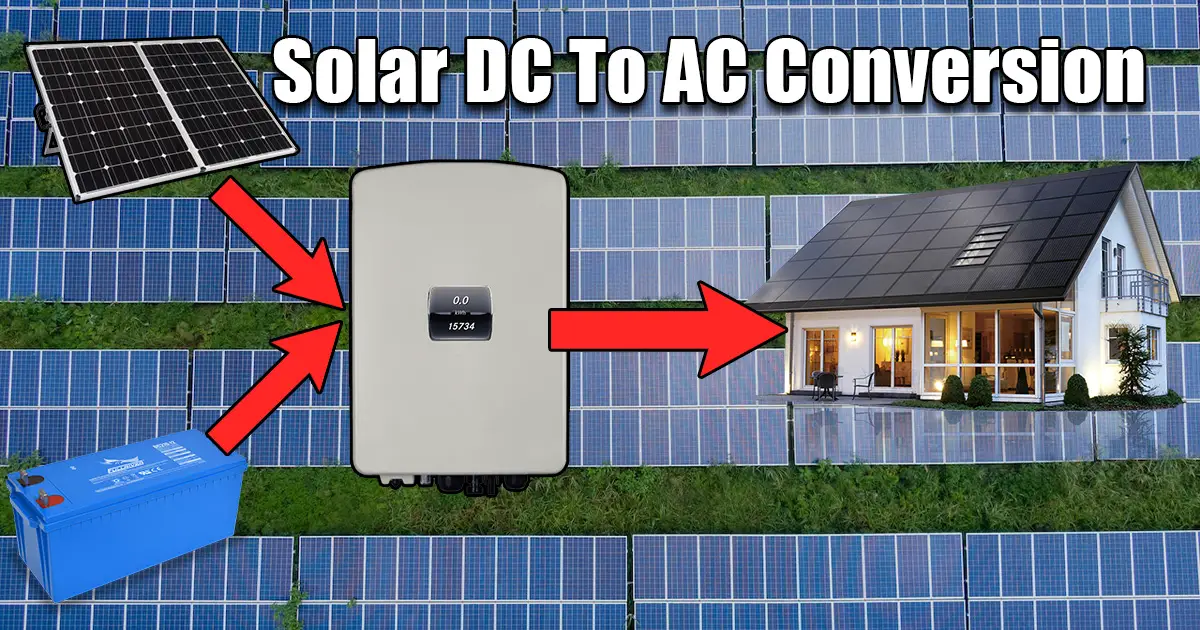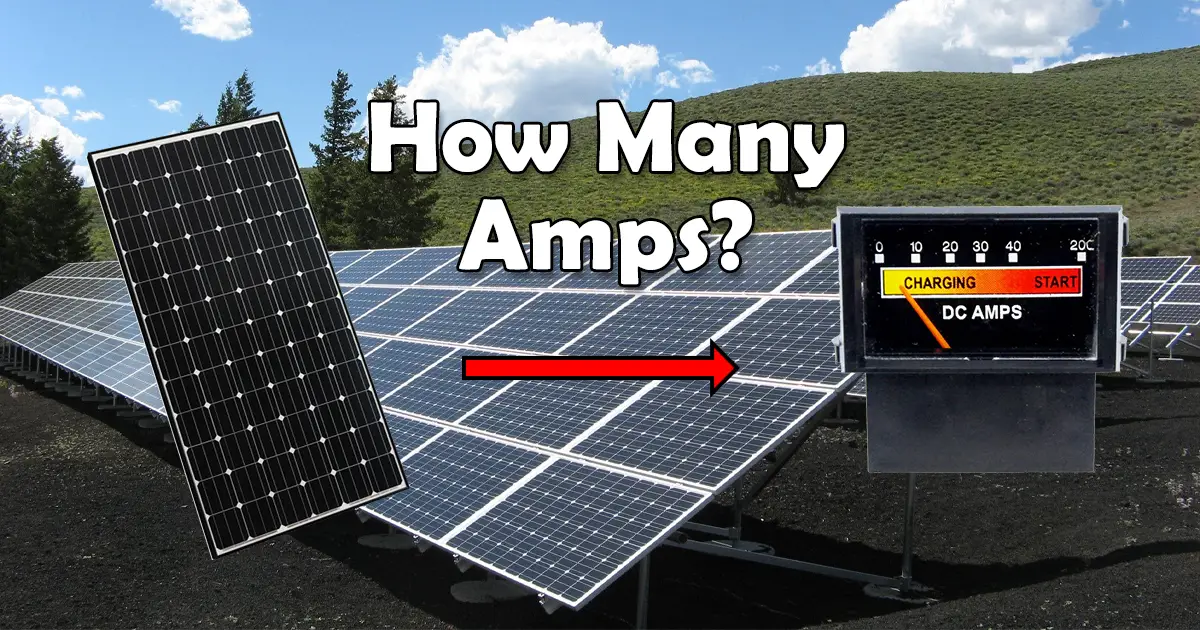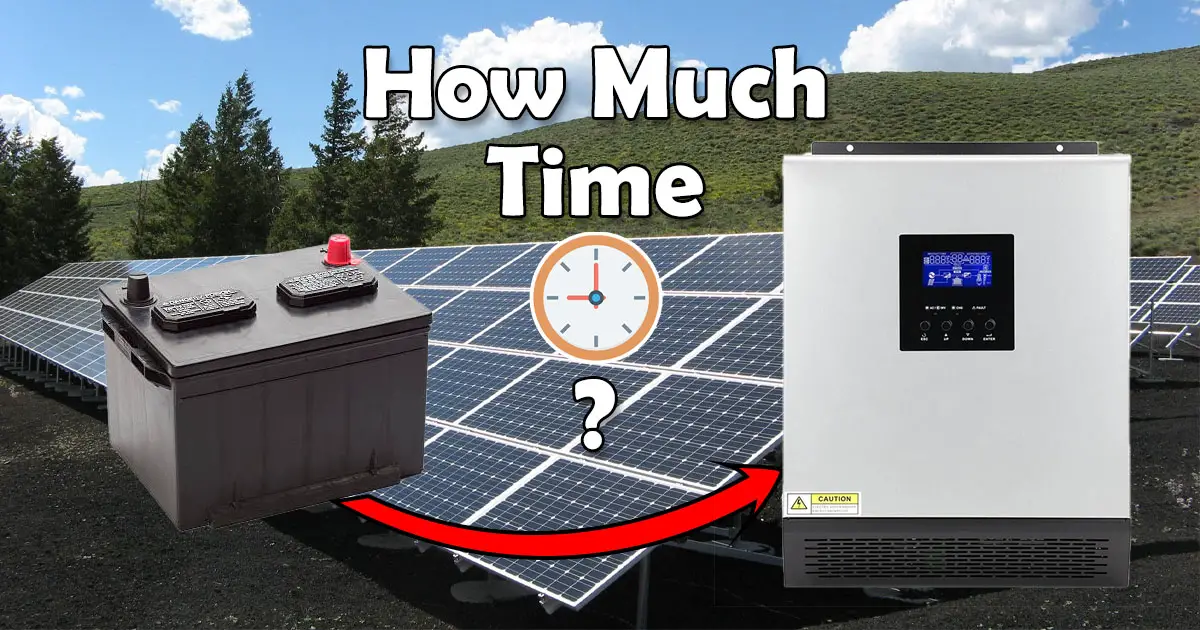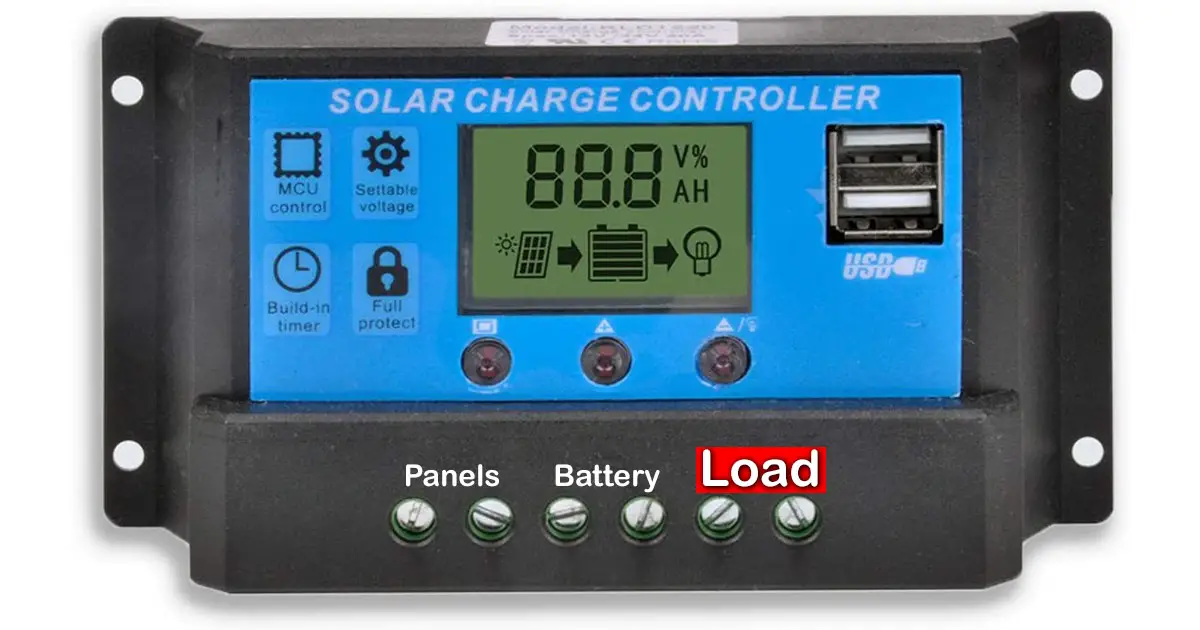Solar energy projects are often priced in dollars per watt ($/W). Which type of wattage is it, though? DC (direct current) or AC (alternating current) watts? After reading this article, we hope you will have enough information to ensure that you are making a fair comparison when considering solar offers from different companies.
Typically, watts will be used to describe how powerful your solar array is. A system rated at 3000 watts (W) will generate 3000 watts (or 3 kilowatts) under ideal conditions. Not to be confused with watt-hours, which is a separate unit of measurement.
Even though AC watts and DC watts have the same unit (watts) and power is power (it never changes), however, in this case, when converting from DC to AC or vice versa, a power loss will occur, and that’s why DC watts are not the same as AC watts.
For this reason, it’s important to know if the quoted system’s power is in AC or DC watts, as these are very different. An example would be comparing two offers for $30,000 each; if one was expressed in AC watts and the other in DC watts, then there is a big difference. Let’s find out which offer will be the best in this case.
Solar DC Watts To AC Watts Calculator
The solar panels generate direct current (DC), and battery technology is optimized for DC storage (12v, 24v, 48v). However, the vast majority of our home electronics are made to operate on AC power (120-240V). When DC power is converted to AC power using an inverter, some energy is lost in the process.
If you’re a solar beginner, use the converter below to see how much DC watts will be equivalent to AC watts, and then keep reading for additional information on this issue.
DC Watts
DC watts can be expressed in two different ways. STC, or Standard Test Conditions, is a term that is sometimes referred to as the “nameplate rating” for a product. Because all you have to do to get a rough estimate is multiply the wattage per panel by the total number of panels to get a rough estimate of the cost, this method of quoting is the simplest and easiest to understand. If you were to install ten 230-watt panels, your system’s DC STC rating would be 2300 watts.
The second, more accurate method is what we call “Performance Test Conditions,” or PTC. This method will be lower than STC by a small margin. PTC refers to the process through which the panels are tested in real-world environmental conditions. In practice, the output of a 200-watt panel may only be 180 watts. The ratings given by PTC consider all possible losses, such as those caused by cables.
For this reason, we recommend you to use the PTC rating of your panels when using the above calculator to get an accurate number; otherwise, you will have to add the wiring losses to the STC rating.
AC Watts
To get the AC watts of your solar panels, you simply multiply the total PTC wattage of your solar array by the inverter efficiency, which is usually between 85-95%. This will be the watts you will receive at your home sockets.
Example #1
In this example, I will calculate the AC watts my home received from five 300-watt solar panels and a 3kW inverter. First, let’s find the PTC rating for the solar panels on the specs sheet:
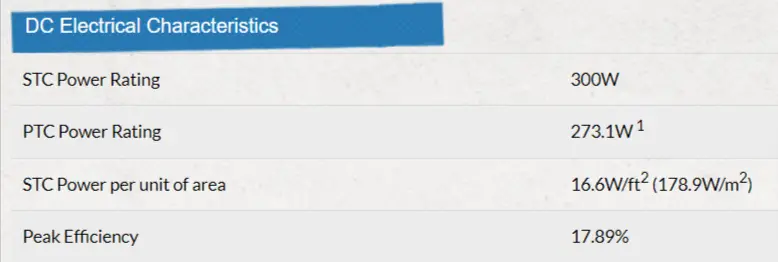
As you can see, my solar panel has 273 watts of PTC power. I also figured out the efficiency of my renogy 3000W inverter. It’s 90%:

Now using the above calculator and having a total PTC power of 1365 (five panels x 273W), we get a total AC power of 1228.5 watts:
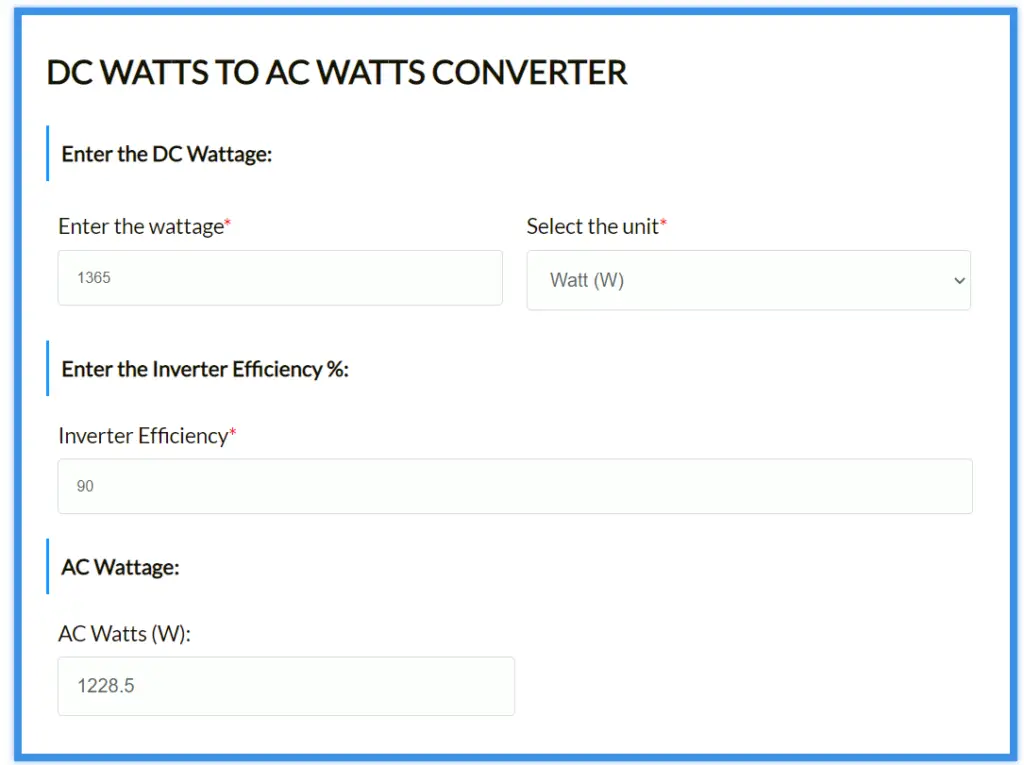
Example #2
Another example could be the DC power stored in your battery bank. Using the same knowledge that we learned in the previous example, we will calculate the total AC power stored in our battery bank. However, the unit is different in this case, it is watt-hour, but we still could use the same calculator.
Let’s say my battery bank is of a total 800Ah at 12V. In this case, I will have a total battery capacity of 9600Wh. However, keep in mind that not all this power is used. It really depends on the type of battery you have and the DOD% (depth of discharge) it has. This is how much power you could consume out of the stored.
This table has the DOD% for most battery types; however, we encourage you to find the DOD% from your battery specs sheet for better results:
| Battery Type | Depth of Discharge (DOD) % |
|---|---|
| Lithium-ion Batteries | 80% to 95% |
| Lead Acid Batteries | 50% |
| Nickel-cadmium Batteries | 90% |
| Saltwater (Sodium-ion) Batteries | up to 100% |
| Sodium Nickel Chloride Batteries | 80% |
My battery bank is lead acid, so I will multiply the total stored power by 50%:
Total Battery Power Available = Total Battery Power x DOD%
Total Battery Power Available = 9600Wh x 50% = 4800Wh
Now back to our calculator, we get a total AC power of 4320W:
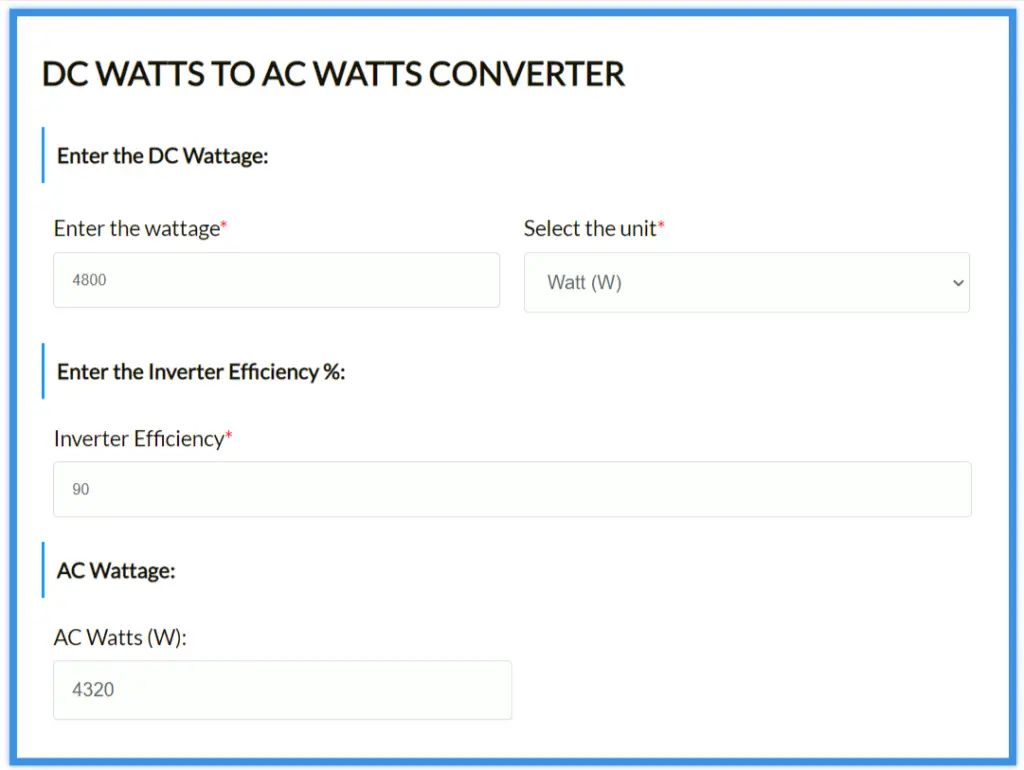
Solar DC Amps To AC Amps Calculator
Since we had already determined the total AC watts provided by the solar panels or the battery bank, it is easier now to find the total AC current (amps). You will just have to determine the AC voltage of your inverter, and it should be the same provided by the grid of your country. In the US, it is 120V; in Europe, it is 220V.
Using the total AC power provided by the solar panels that we calculated in the above example #1 (1228.5W) and a voltage of 120V provided by my renogy 3kW inverter, I get total AC amps of 10.2A:
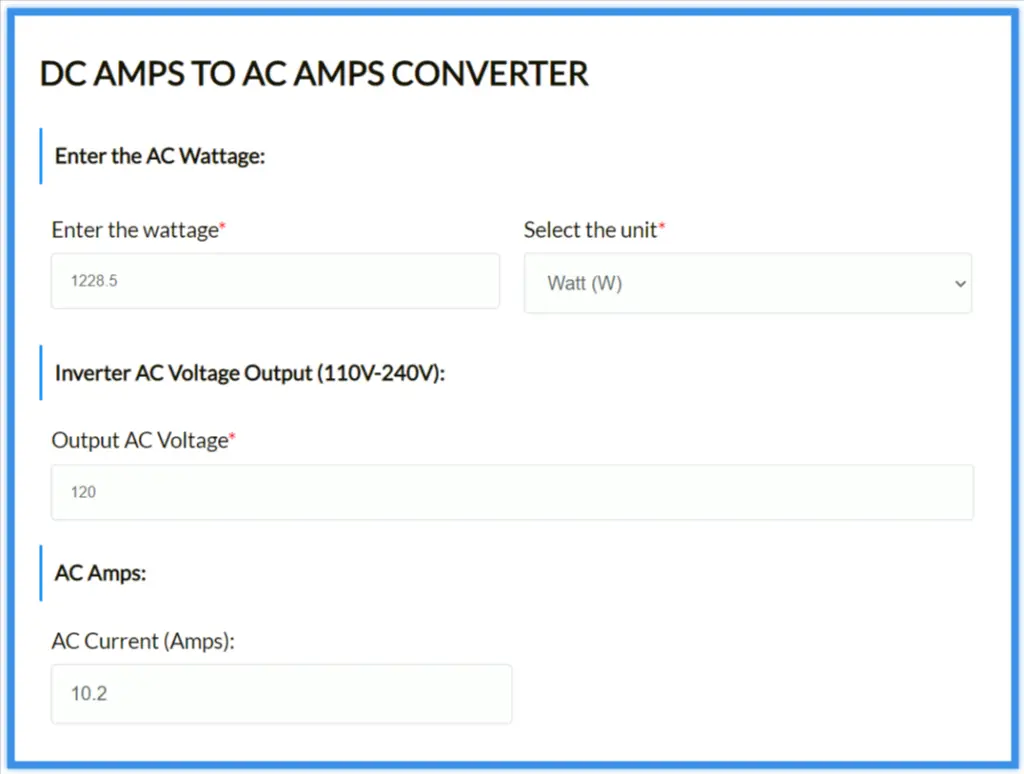
Conclusion
Now back to our initial question: If you received two quotes from two installers, both with the same price (30,000 $), but one is expressed in DC watts and one with AC watts (3000 watts). Which one should you choose? You have already known the answer if you have read the entire article. Of course, you should choose the AC watts quote since DC watts will be lost during the conversion from DC to AC in the inverter.
In addition, some unethical installers could report DC wattage as AC to make the figure look greater and make the $/W appear cheaper. This is an uncommon occurrence, but that is the main purpose of this article, to make you knowledgeable of the units and how to make the right choice.

